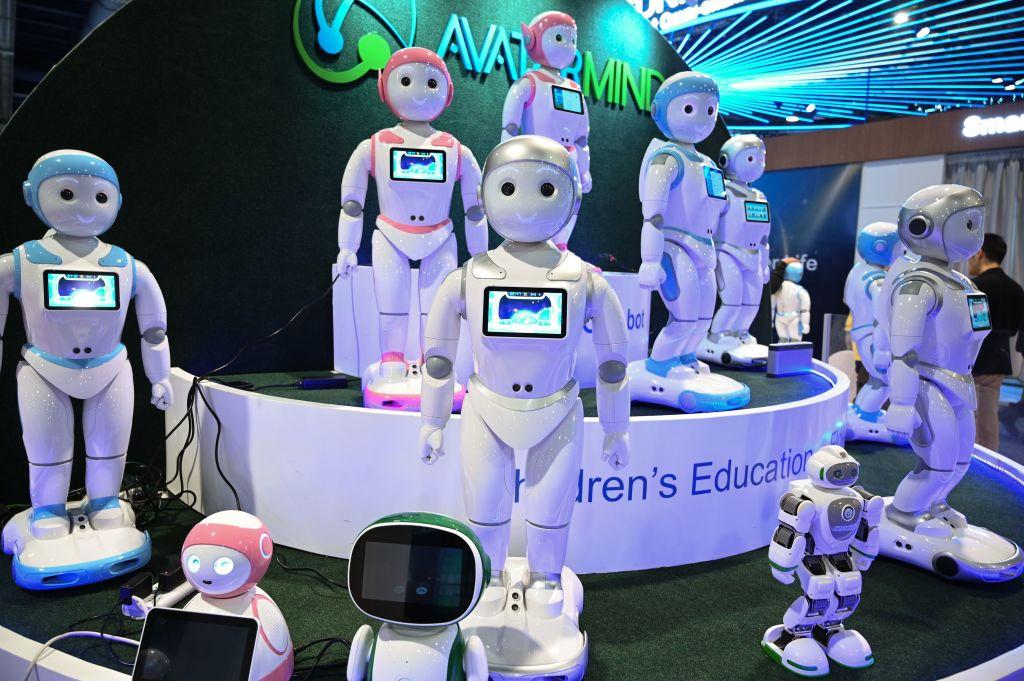Commentary
Microsoft co-founder Bill Gates says artificial intelligence (AI) is as good as human tutors. Here are some reasons why he is wrong.

Microsoft co-founder Bill Gates says artificial intelligence (AI) is as good as human tutors. Here are some reasons why he is wrong.